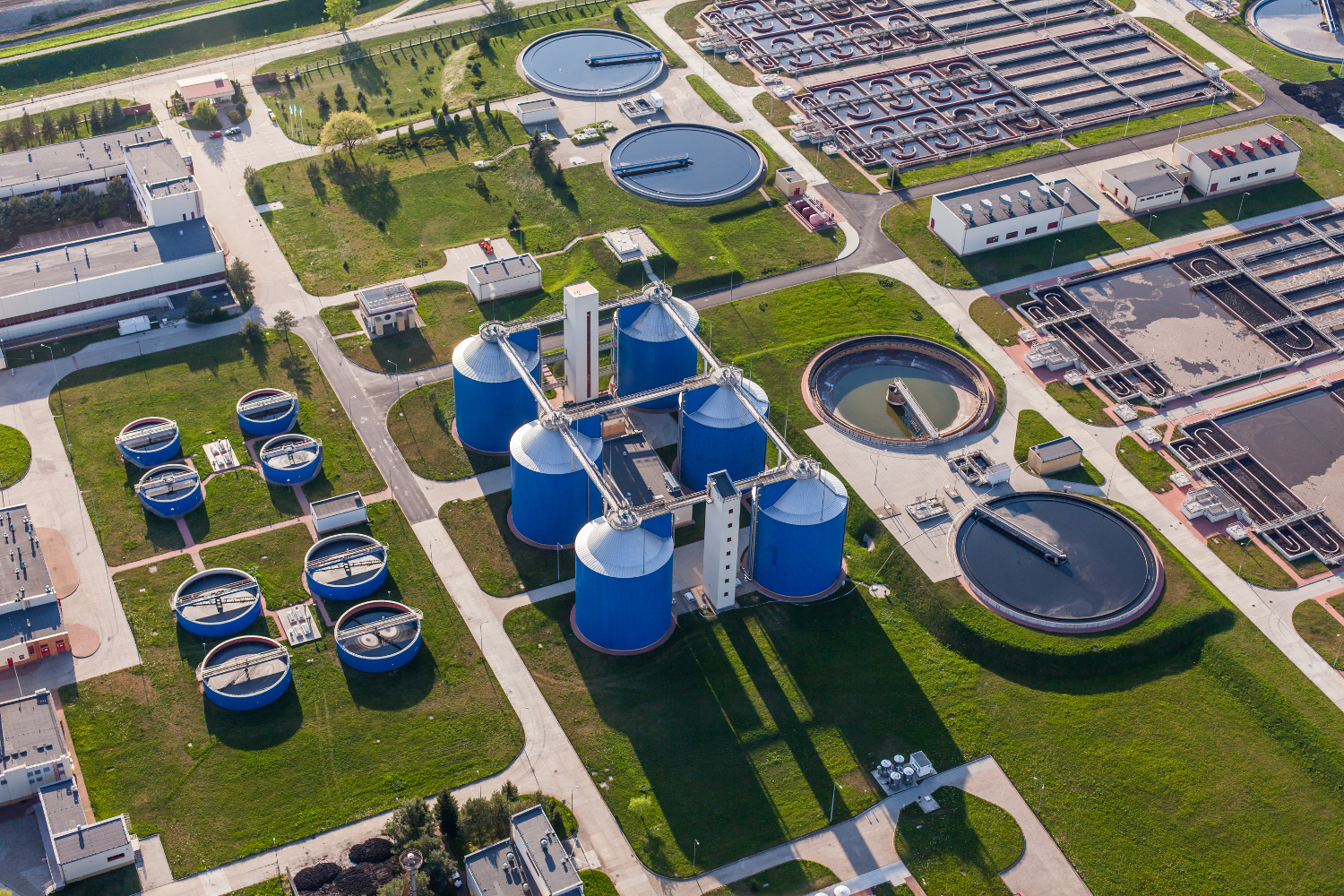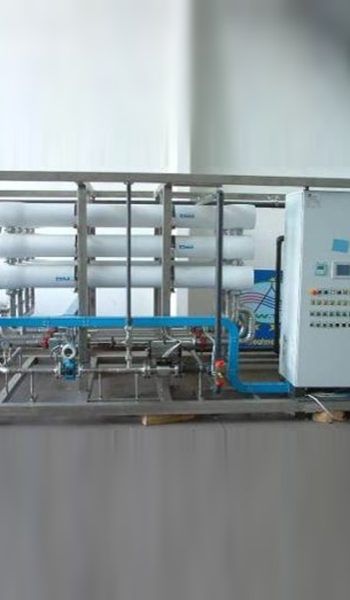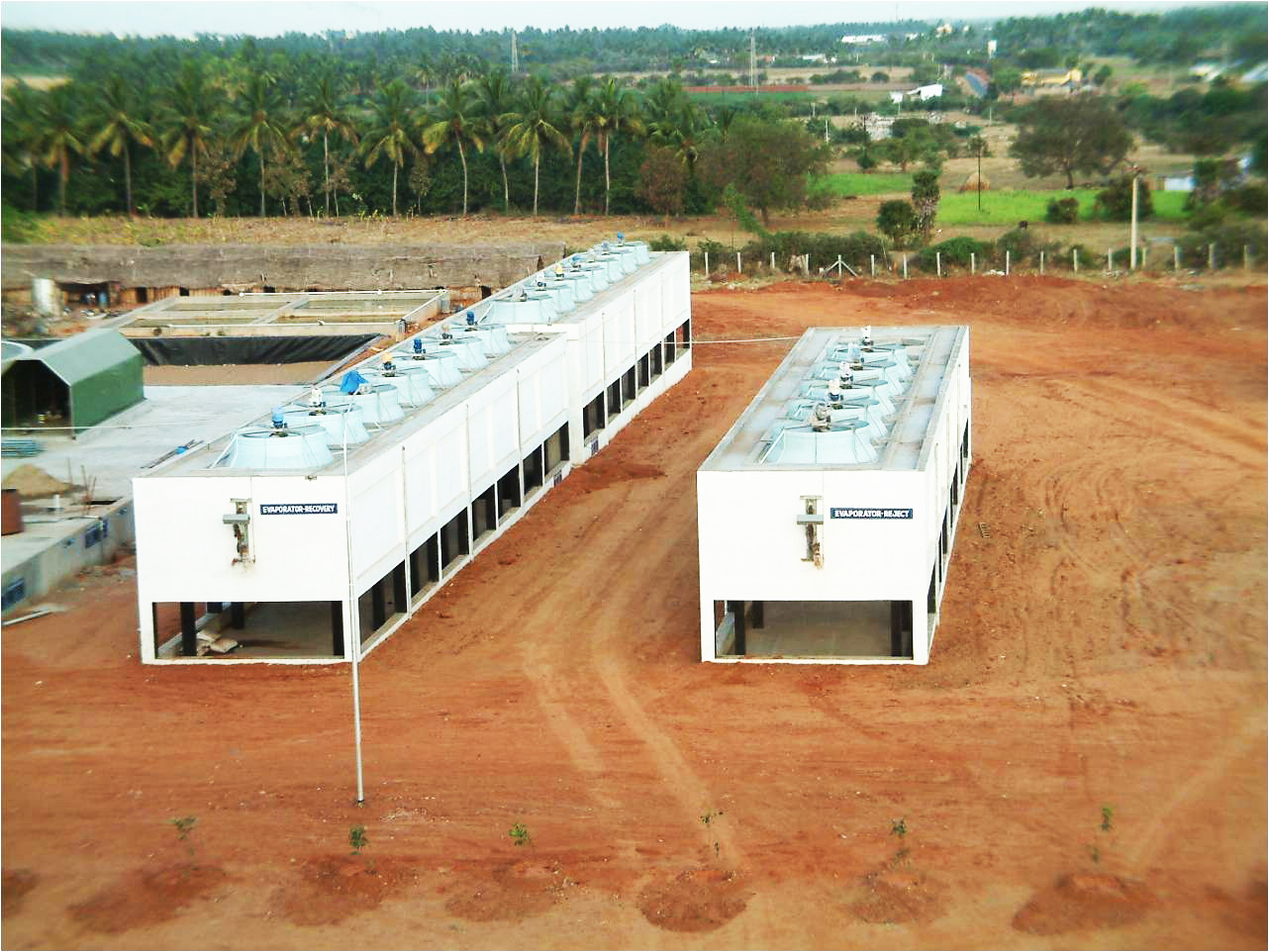Biological Solutions
Biological wastewater treatment is a process that seems simple on the surface since it uses natural processes to help with the decomposition of organic substances, but in fact, it’s a complex, not completely understood process at the intersection of biology and biochemistry.
Biological treatments harness the action of bacteria, nematodes, or other small organisms to break down organic wastes using normal cellular processes. Wastewater typically contains a buffet of organic matter, such as garbage, wastes, and partially digested foods. It may also contain pathogenic organisms, heavy metals, and toxins.
The biological treatment should use one or more of the following phases.
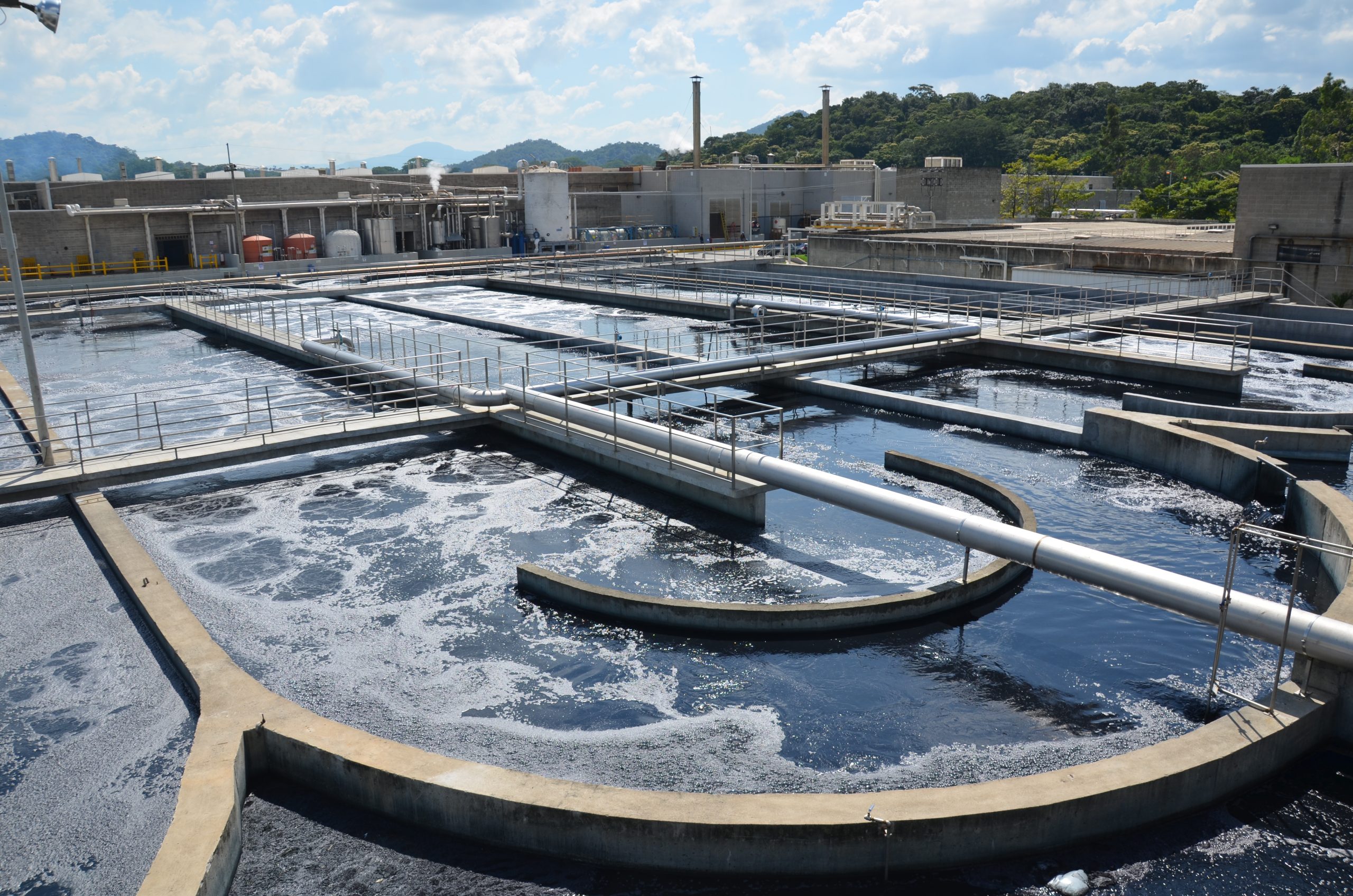
The screening of wastewater is one of the preliminary mechanical treatment to which wastewater is subjected at the entrance of treatment plants. The goal of the screening is to separate coarse and medium-fine solids at the inlet, avoiding thus their sedimentation in the next stages of plant and clogging of other machinery (pumps, mixers, etc.).
The effluent to be treated is conveyed by gravity through an underground pipe or channel. To avoid to make the water treatment processes in tanks completely underground, with a consequent increase in the costs of civil works and with the difficult management of them, it is necessary to provide a lifting sump at the head of the plant, possibly after the step of screening.
Flotation is a physical type process, used for the separation of solid or liquid particles from a liquid phase. The main goal is to remove non-emulsified oils and greases and, in general, all those substances, having a low specific weight, hard to be settled, which are present in the liquid to be treated.
Sand removal from wastewater can be done in sand separation basins or centrifugal separators. They are designed to remove sand, gravel and other heavy solids characterized by sedimentation speed or specific weight considerably higher than the weight of the putrescible organic solids of the wastewater.
The extraction of oily and grease substances is periodically made by a scraping system that directs the floated crust into a sump which is emptied periodically.
The homogenization phase consists essentially in a basin of hydraulic disconnection able to give a homogeneous flow and a uniform pollutant charge downstream of the basin itself. This solution improves the efficiency of downstream processes and reduces the size and management costs of the next units.
The removal of excess of acidity or alkalinity, through the dosing of chemical reagents of opposite composition, is called “neutralization”. Often this treatment is necessary because the industrial wastewater has very acidic or basic pH, while the biological oxidation needs a neutral or slightly alkaline pH.
Industrial wastewater can have a very different temperature, depending on the process in progress, reaching peaks of 70-80 °C followed by wastewater at 20-25 °C. If these effluents are treated by biological oxidation, the bacteria are not able to withstand such abrupt changes in temperature. An accumulation and homogenization tank is able to limit and counter the effects of the temperature peaks, even if it is not able to ensure the optimal temperature. Anyway, if the temperature in the equalization tank is higher than 38°C, it is necessary to install cooling towers in order to reduce the inlet temperature of the wastewater. Industrial wastewater can have a very different temperature, depending on the process in progress, reaching peaks of 70-80 °C followed by wastewater at 20-25 °C. If these effluents are treated by biological oxidation, the bacteria are not able to withstand such abrupt changes in temperature. An accumulation and homogenization tank is able to limit and counter the effects of the temperature peaks, even if it is not able to ensure the optimal temperature. Anyway, if the temperature in the equalization tank is higher than 38°C, it is necessary to install cooling towers in order to reduce the inlet temperature of the wastewater.
The denitrification process reduces nitrates in the nitric oxide, nitrous oxide, and nitrogen gas, through the action of facultative heterotrophs bacteria, under anoxic conditions. These bacteria oxidize the organic substance, that is used as an energy source, taking advantage of the oxygen of the nitrate as an electron acceptor. The pre-denitrification ensures a sufficient amount of organic load which is the energy source (electron donor).
Biological nitrification is the biochemical oxidation of ammonia nitrogen by means of autotrophic aerobic bacteria. This process consists of two stages that involve two distinct groups of bacteria, each responsible for one of the stages. The nitrification reaction takes place simultaneously with the oxidation of BOD in the same aeration basin, using the dissolved oxygen insufflated by micro air bubbles.
The basic process consists of the transformation (Oxidation) of the soluble and particular biodegradable constituents to final oxidized products which include carbon dioxide, nitrate/nitrogen, and water. The responsible for this conversion is a mixed colony of aerobic microorganisms, which produce extracellular biopolymers to form the sludge flakes; these flakes are settleable and can be separated by gravity from the clarified effluent.
The recirculation of the activated sludge is the main unit of the process of biological oxidation. it allows maintaining a sufficiently high concentration of biomass in the aeration tank, making possible a regular and intense growth of bacteria, regardless of the concentration of the inlet organic load. The active sludge is continuously re-circulated by pumps from the secondary sedimentation tank into the biological oxidation tank (or nitrification).
Sedimentation is used to remove the flakes of biological sludge in sedimentation tanks, located downstream of the activated sludge unit. It is also adopted to increase the solids concentration in the unit of sludge thickening and the production of clarified effluent. The clarifier is a tank where the stillness conditions are created, in order to allow the settlement of sludge flakes.
Chemical Physical Treatment
The chemical-physical treatments are processes that allow the removal of pollutant substances present in the water, generally poorly biodegradable, using chemical additives. These additives, commonly called “reagents”, in particular conditions of pH, react with the pollutants, making them insoluble and favoring their separation by coagulation, precipitation and/or neutralization.
Sludge Treatment
The thickening is a process that increases the solids matter of the sludge, removing part of the water associated with it, and consequently reduces its volume. This treatment is an aid for the next processes of the sludge, such as digestion, dehydration, drying, and combustion.
Dehydration is a physical treatment, used for the reduction of the water content of the sludge in order to: reduce the volume of sludge to be disposed, with savings transport and disposal costs; facilitate the handling of sludge; remove the water excess, thus increasing the calorific value of the sludge upstream of incineration; adjust the water content before composting, thus reducing the use of structuring agents and soil improvers;
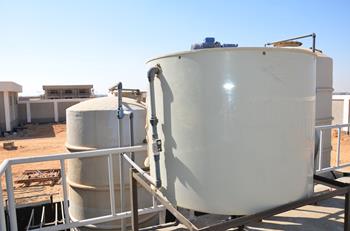
Coagulation is carried out to destabilize the colloidal particle’s charge which will make them form micro-flocs. Following coagulation, flocculation occurs to make the micro-flocs to suspended particles through slow mixing. Finally, sedimentation occurs to separate these suspended particles.
Fenton reactor is one of the processes of advanced chemical oxidation, applied to oxidize the organic complex constituents, hardly degradable by the biological way, transforming them into final simpler products. This technology is based on the high reactivity of the hydroxyl radical, which is created from hydrogen peroxide and iron, under controlled conditions of pH and temperature.
Sludge Treatment
Sludge is the slurry residual material that is produced as a by-product of biological treatment processes. The goal of sludge treatment is to reduce its volume and stabilize the organic load. Reduction in volume reduces the pumping, storage and disposal costs while the stabilized sludge doesn’t have the bad odour and health hazards.
Secondary treatment
The goal of secondary treatment is to remove the suspended particles, organic load, hardness, etc., from the wastewater. This removal helps to maintain & improve the efficiency of the tertiary treatment. Some of the secondary treatment processes are listed below:
Membrane Filtration
This phase consists of filtration through a sand bed (usually sand and gravel of quartz origin), with the aim to remove the suspended substances present in the water. The efficiency of this kind of filtration can be up to 100 microns.
The disc filter is a really compact solution for the removal of suspended solids and its related substances, such as COD, BOD5 and phosphorus. The filter works by gravity and is installed submerged for about 60% of the diameter, within an appropriate containment tank in concrete or in stainless steel.
The Filters with Decolouring Resins are structurally very similar to the quartz filters but which use a bed of weak anionic resin, for removing the color of the effluent.
Thanks to these macro-reticular resins, constituted by chemically modified synthetic copolymers, an exchange of ions between the polymer matrix and the water to be treated is obtained.
One of the fundamental parameters for the water for industrial use is related to the hardness, defined as the sum of the ions Ca++ and Mg++, present in it. Hard water implies problems of fouling due to the carbonates formation and major problems also for the production. The softening is normally made by a strong cationic resin, regenerated with sodium chloride.
The degassing is a process that allows the removal of carbon dioxide, present in the water, through a decarbonization tower. Typically, the tower is made of fiberglass, or another corrosion-resistant material, and inside has a bed of filling bodies in polypropylene (rashing rings).
The iron removal is a specific treatment for the removal of iron from the effluent to be treated, which otherwise could cause many problems. This removal can be performed in several ways, depending on the iron and organic matter concentrations in the water to be treated.
The activated carbon is a material that, with its highly porous structure and high specific surface area, is able to retain many molecules of other substances, adsorbing them in its extended surface area. Thanks to these features, it can be used in various fields, such as filtration, removal of the organic substances, deodorization, decoloration and dechlorination of liquids.
Membrane filtration
Membrane filtration is a filtration process using membranes characterized by pores having a diameter of <0.1 microns. This treatment removing the suspended particles and microbes from the wastewater.
MBR is obtained by the combination of a biological treatment system of activated sludge with a process of membrane filtration, replacing the classic gravity clarifier. This type of solution is more efficient than the classic active sludge and offers the possibility of reusing part of the treated water, thanks to its high chemical, physical and bacteriological quality.
These values allow to feed directly, without additional filtration treatments, RO systems; thus, with a single technology it is possible to replace the units of sedimentation, quartz filter and ultrafiltration or tertiary disinfection, obtaining a plant considerably more compact and simplified compared to a traditional plant.
Ultrafiltration (UF) is a filtration process that operates on semi-permeable membranes, characterized by pores having a diameter of 0.03 – 0.04 microns, removing particles and microbial contaminants, but releasing ions and molecules with lower dimensions.
Reverse Osmosis
The Reverse Osmosis (RO) is part of the processes of “membrane filtration”, that exploit the particular properties of the semi-permeable membranes as selective barriers, allowing the passage of certain constituents present in the liquid and retaining other ones.
In normal conditions, interposing a membrane of this type between an aqueous solution and water, it establishes a difference of pressure (osmotic pressure) that pushes the solvent through the membrane in the direction of the solution (Direct Osmosis).
Instead, if you apply pressure higher than the osmotic one on the solution with the highest concentration, it is obtained the separation of solvent from solute (Reverse Osmosis).
Nanofiltration
The Nanofiltration (NF) is a process of separation on a membrane with a nominal pore diameter of about 1 nanometer (10 Angstroms), operating between UF and RO.
This membrane is not a complete barrier for the dissolved salts. In fact it retains organic molecules with molecular weight greater than 200-400 g/mol, dissolved salts with rejection from 20 to 98%, salts with monovalent anions (for example sodium chloride or calcium chloride) with rejection from 20 to 80%, and salts with divalent anions (ex. magnesium sulphate) with rejection higher than 90-98%.
The filtering process takes place thanks to the application of a difference of pressure that allows the membrane to act as a sieve: substances smaller than the diameter of the pores of the membrane pass with the solvent (permeate) while the larger ones are retained (concentrate).
Evaporators
Generally, in the treatment of wastewater, the evaporation is used to increase the concentration of a solution, separating a part of the water in the form of water steam, or to reduce the solute in the crystalline form.
The technologies normally used are all quite expensive, both from the point of view of energy consumption and investment costs. Therefore, when it needs this type of system, it is desirable to minimize the quantity of effluent to be treated, supplying it with previously concentrated solutions.
Wind evaporator uses forced air evaporation process in which water from the final concentrated effluent is evaporated. So the saline concentration increases before the MEE and reduces the high evaporation cost.
In MEE, the evaporation of a solution is carried out by boiling in some evaporator units with gradually decreasing pressures and connected each other, so that the steam developed in one of them is the heating fluid of the next unit.
Dehydration of macromolecules
The processes of advanced chemical oxidation are applied to produce the oxidation of the organic complex constituents (which are difficultly biodegradable by the biological way), transforming them into simpler final products.
Ozone is an unstable gas produced as a result of the dissociation of trivalent oxygen molecules in the atomic oxygen and is characterized by a strong oxidizing power. It is mainly used in the disinfection, controlling agents which give to water flavor, odor, and color, or for the advanced removal of organic refractory soluble compounds. In the textile industry, it is mainly used as a decoloring agent and as an agent for reducing foam.
The OX system is based just on this process and, by means of electrochemical oxidation, it allows to reduce the concentration of COD and color from water that has a certain salinity. This process involves the generation and use of free hydroxyl radicals (OH°) as strong oxidants for the destruction of compounds which cannot be oxidized by conventional oxidizing agents, such as oxygen, ozone, and chlorine.
